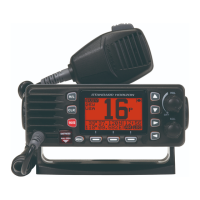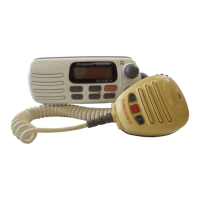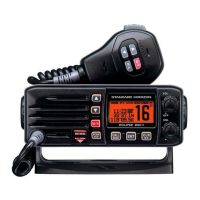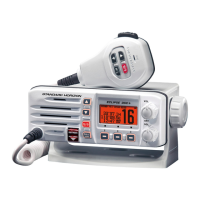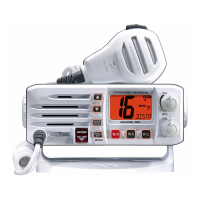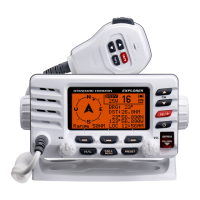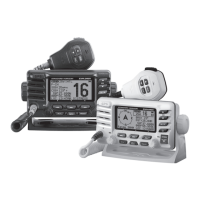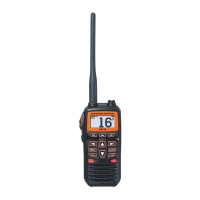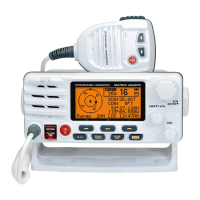Page 1
GX1300
ECLIPSE GX1300
25 Watt VHF/FM
Class D DSC Marine Transceiver
Owner's Manual
Affordable compact class D xed mount VHF radio
Submersible IPX8 class (4.92 feet for 30 minutes)
Meets ITU-R M493-13 class D DSC (Digital Selective Calling)
Built in Separate Receiver for CH70 (Receiving DSC Calls)
Programmable soft keys
Easy to Operate Icon/Menu System
Oversized Full dot matrix display (31 mm x 55 mm)
GPS position and time shown* on a full dot matrix display
DSC distress, individual, group, all ships, position request, position
report and DSC test call
Programmable scan, priority scan, and Multi Watch (Dual Watch or
Triple Watch)
NMEA in and output connections to a compatible GPS chart plotter
All USA/International and Canadian marine channels
Preset Key used to recall up to 10 favorite channels
Automaticarry poll the GPS position of up to 6 ships using DSC
NOAA weather channel selection with Weather Alert
* When GPS connected
